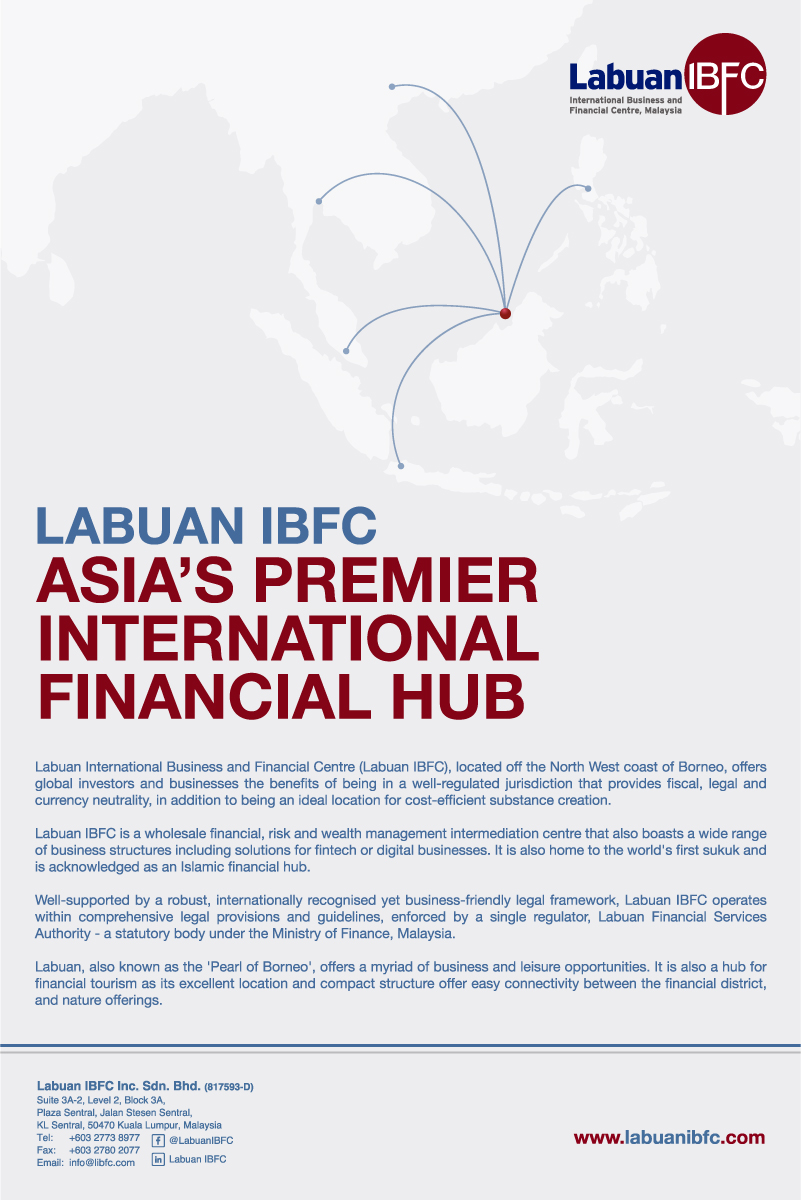CIT spoke to Generali Employee Benefits (US) about how the captive landscape for employee benefits has evolved over the years, and the ways in which captive control and flexibility are being utilised to benefit multinationals
James King
Client services manager
GEB
Silvia Feijoo
Captive service manager
GEB
Binay Oli
Captive service specialist
GEB
James King: The biggest evolution in recent years has been the shift to centralisation. In the past, underwriting was mostly assessed on a local basis. In other words, the expertise was situated at the local level — the local insurer would provide its proposals along with the recommended rate actions.
This would then be presented to the captive client who would tend to agree with the combined local insurer or Generali Employee Benefits (GEB) recommendation.
Over recent years, GEB worked in partnership with global employee benefits consultants to evolve this approach, to be in line with client specific needs. Though local level expertise will always be important, the evolving requirements of multinational benefit programmes has shifted the need to look at global programmes under a centralised model.
This process still involves local level underwriting with regards to rate review recommendations and benefit changes. However, with a centralised approach, GEB can help clients take an enhanced strategic global view of their benefits. This includes access to and understanding of global underwriting year data, otherwise known as occurrence year reporting — a new development from GEB.
This reporting provides additional granularity for many of GEB’s network partners to support a more accurate view of where their reserves and risks lie. GEB continuously adds this capability for new countries within its portfolio.
These additional data points allow GEB to improve upon its dedicated medical dashboards and innovative disability report, putting captive owners in a unique position to actively manage their global employee benefits portfolio.
We need to always be mindful that the captive is bearing some, if not all of the insured risk. In the past, they were relying on the guidance of local network partners. This still happens in a centralised model, however, there is an extra layer of underwriting now.
This global view is valuable to everyone concerned. For example, in some countries during the COVID-19 pandemic, GEB saw a lot of spikes in claims. Captive clients, consultants and clients approached GEB to provide an overall picture of the market, due to the fact that GEB has so many different captive clients. They wanted to know what other captives were doing to deal with the situation.
Binay Oli: Building on what James has said, this shift to a centralised approach means that captive clients now have a much more informed and strategic approach to global employee benefits, allowing for programme improvement and benefits change on a global basis.
Local level underwriting provided insights into where the true risk was for one subsidiary in one country — it was essentially a guidepost. Now, with underwriting year data, richer risks and reserves data can be achieved across entire portfolios. In practice, this means that the captive client is better informed and equipped to balance risk.
With the development of underwriting year data, it’s also worth noting that GEB has also designed and developed new tools for captive clients to access their reporting remotely, via secure accounts accessible online, as well as via their local device. These tools are developed in addition to the GEB underwriting reports.
The underwriting data has always been available through the collection of the data templates. Now, GEB is also able to provide it centrally through the client data centre. It can provide captive clients support and training for utilising the tools, if needed.
Silvia Feijoo: The biggest evolution can be seen in the amount of data that captives are now collecting to manage and monitor their programmes’ terms and conditions with their plans and designs globally.
Consequently, the demand for underwriting year data, and tailored renewal templates to meet the needs of each captive, have increased greatly over recent years. This is in addition to an increased demand for invoice collections, premium trackers, concentration of risk data, triangle claims data and health and wellness reports.
Traditional quarterly reports, based on accounting year data, are no longer sufficient. This year, GEB has really made great strides to ensure that underwriting year data is available in a number of countries. This roll-out is due to continue into 2023.
Control and flexibility
King: Risk is held by the captive, therefore, it has the control and flexibility to change terms and conditions. To do this quickly, obviously within the confines of rules and regulations, represents a considerable advantage as opposed to holding the risk locally — where you would have to stick with the terms and conditions that were set by market practice.
An example of this is the changing demographic of the workforce, particularly with regards to people working later in life; employees are working beyond the traditional retirement age of 65. Usually, policies have a cap on age, however, captives have the flexibility to extend that cap in line with workforce and organisational needs.
Oli: Captive clients are requesting the removal of increased exclusions; this is the way the market is heading. For example, in countries where it is legally possible to have gender change surgery, the captive is very willing to cover this as part of its global benefit programme.
Feijoo: This control and flexibility is also evident in the mental health campaigns that we have helped some of our captive clients with. Our health and wellness teams have been doing a really excellent job in connecting with different providers and making services available to clients where appropriate.
One recent case in point, was a client looking for solutions in Thailand, with regards to preventing people heading straight to hospital – and sometimes staying overnight — for common respiratory ailments, such as the common cold. This is market practice, but the client wanted to educate their insured members that going to a doctor, and considering an outpatient visit, was also an option. We collaborated with this client, and a provider, to compile material to help educate their insured members. This kind of intervention by our health and wellness teams has been very helpful in recent years.
In terms of control, captive clients are usually in the driver’s seat, unless regulatory market restrictions, absence of GEB’s network partner in a particular country, or local product filing, prevents them from taking the wheel.
King: With regards to health, the ability for captive clients to look at their medical data on a global basis represents a significant advantage as part of reporting developments. This can be one of the main areas of spend for most. The reporting allows clients to identify where big areas of spend are and to look at where there might be gaps in their programme. GEB can help identify a global solution to fill that gap.
Audit
Feijoo: With increased regulatory and compliance oversight, captives have to fulfil certain audit requirements, determined by the respective captive domicile, or due to internal corporate guidelines and networks. They are tasked to assist with these as best as possible. For example, in Switzerland only the local client can request and perform a local audit, not the captive.
Generally, captive clients will select two to three countries every other year and will either process them in person or via email through data exchange. The audit process timing varies from country to country, group size and coverage.
Generally speaking, captives are a risk management vehicle that afford corporations with more oversight and control to enforce compliance. The captive model for employee benefits has become much more sophisticated and continues to be the fastest growing segment in international employee benefits — this comes with greater regulatory attention and complexities.





